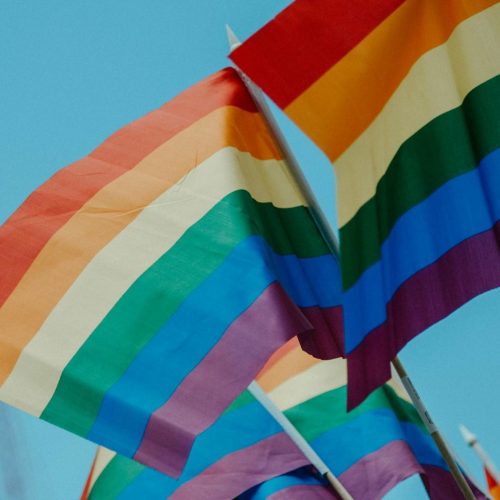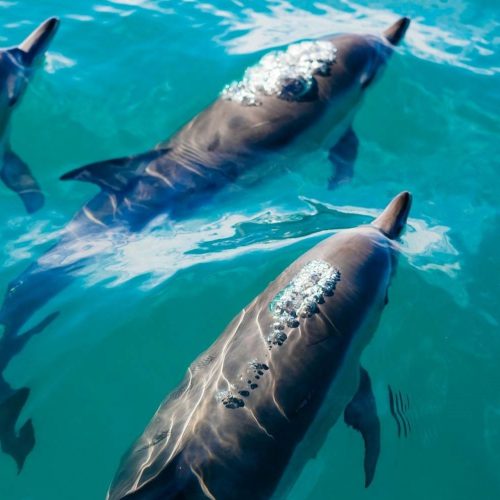Fashion Companies Are Still Failing | Sustainability Index Reveals
The Business of Fashion Sustainability Index shows worrying data about 15 of the biggest Fashion Companies in the world: even though they talk more than ever about sustainability, their actions are not following.
The online publication about the Fashion Industry, Business of Fashion, launched its first Sustainability index, which compares the efforts in sustainability of 15 of the biggest fashion Houses in the world. For the index they have decided to divide companies in three categories: Luxury, High Street and Sportswear. Among the selected brands there were: Kering, Hermès, LMVH, Gap, Inditex, Levi Strauss & Co, Nike, Adidas, and Under Armour.
The results provided by the Sustainability Index left us worried: it concluded that even though every company talks about sustainability, and their reports about the matter have grown exponentially in the last years; their efforts are still lacking. The Fashion Industry is still struggling to meet the social and environmental targets set on the Paris Climate Agreement and the UN Sustainable goals.
The index was built on data gathered from the companies included, using metrics across six categories to measure if the companies are making the progress required to avoid the 10 years time limit to prevent catastrophic climate change. The metrics used to measure this data were created by the publication, with the help of a sustainability council formed by global experts.
In order to compare the results, the Index focused on six key issues: Transparency, Emissions, Water and Chemicals, Materials, Workers’ Rights and Waste. The scale was from 1 to 100 points. The average result of the whole study was 36 out of 100. A number that leaves much to expect.
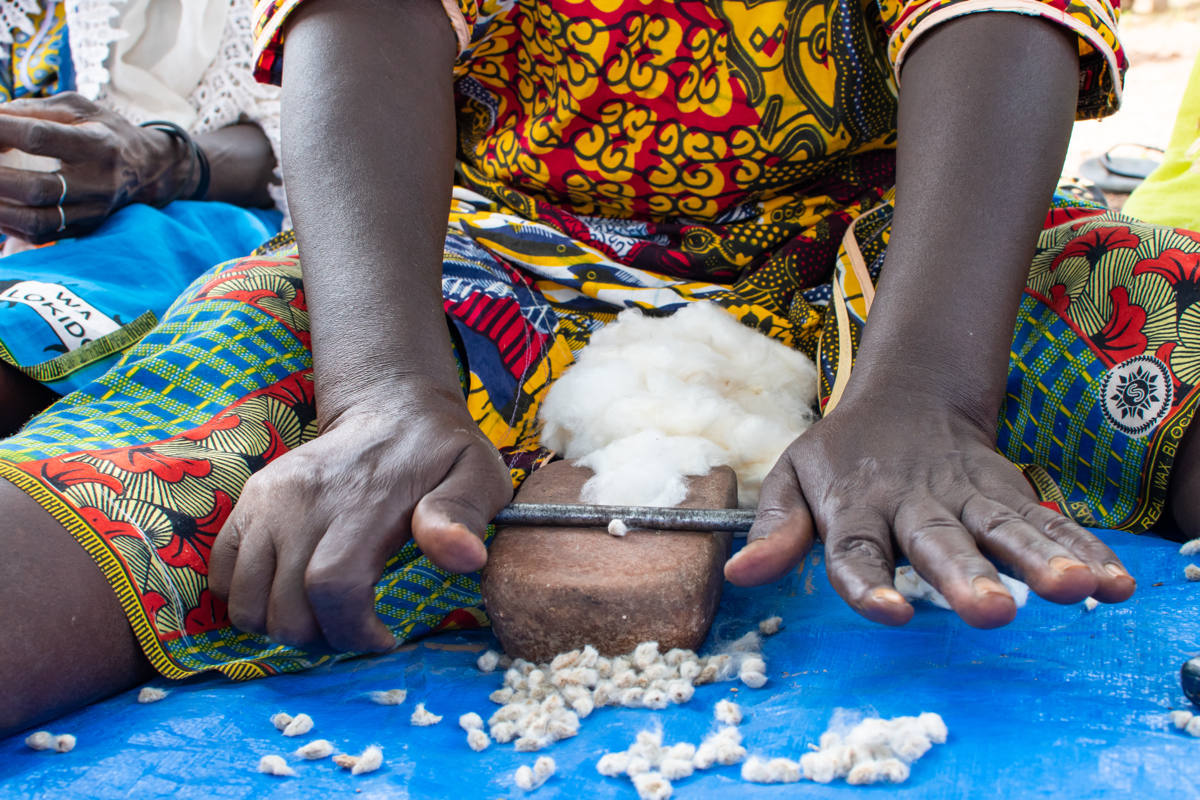
Companies failed to present a complete list of their early stages suppliers
THE BRANDS
Even though there were some brands that did better than the rest, not one company scored over 50 points in the ranking. The leading company in luxury was Kering with an overall number of 49, with its highest category being transparency (with 68). It was followed by PVH Corp with 41, Hermès with 32, LVMH with 30; and the lowest in the rank was the Swiss Richemont with only 14.
In the High Street category the leading companies were H&M and Levi Strauss both with 42 in the overall ranking, followed by the Spanish Inditex with 41. Nike was the leading brand in the Sportswear category, with 47 in the ranking, followed by Puma with 44. The lowest rated brand in that category, and the whole Index, was Under Armour with 9 points. Under Armor also did not provide any data in terms of Emissions, category for which it obtained 0 out of 100.
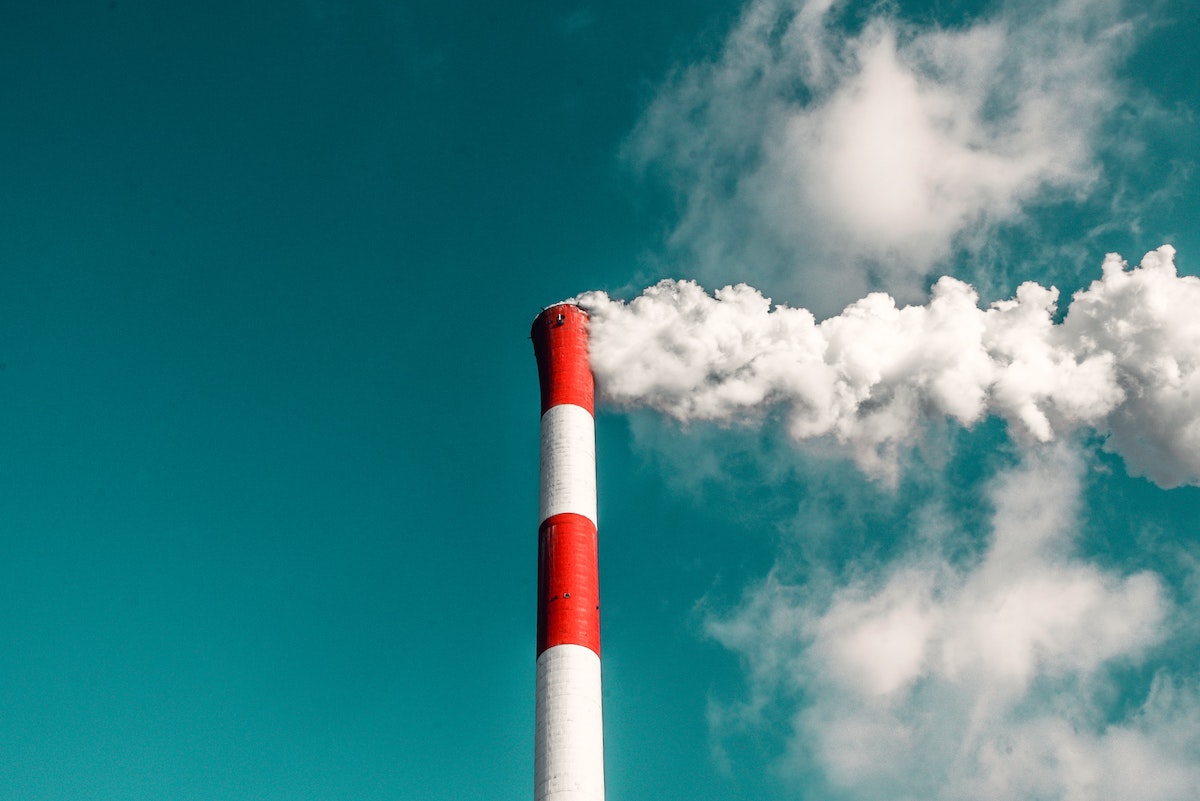
The Fashion Industry is responsible for at least 4% of the greenhouse emissions worldwide
HIGHEST CATEGORIES
Transparency: the overall category score was 48 out of 100. All the data gathered came from public disclosures of the brands. Even though Transparency was one of the strongest categories, none of the brands gave a complete list of direct suppliers; the most difficult to locate were the workers involved in the early stages of production.
Emissions: Also scored 48 out of 100 in the Index. The research has showed that the framework already exists, and nearly half of the brands have set scientific based targets that align with the Paris Agreement. On the other hand, the emissions are not decreasing in line with the companies' target.
LOWEST CATEGORIES
Workers’ Rights: With 27 points out of 100, this category was one of the two lowest ranked. The Fashion industry has been known for working around inequality and social injustice; and in the latest years there has been proof of the unsafe conditions that many workers across the globe have to endure. The problem in this category, according to the Index, is that companies still rely on voluntary initiatives and private auditing firms. The information provided is hard to decipher. Moreover, companies has shown little commitment to ensure living wages in their whole supply chains.
Waste: It was the worst performing category in the whole index, with only 24 points. The fashion industry produces 40 million tonnes of textile waste per year. The problem lies in the fact that the Fashion Industry, specially Fast Fashion, feeds a culture of wasteful consumption; where people are encouraged to buy garments at low prices that end up being used only a few times, incinerated, or sent to landfils.
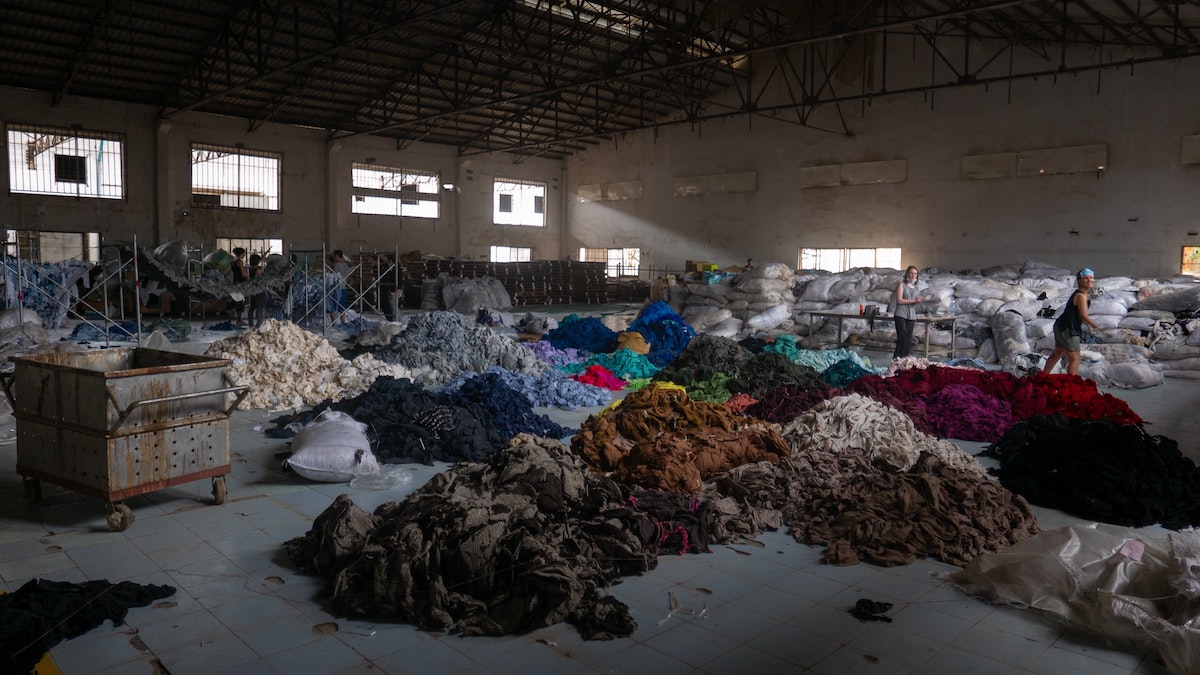
The Fashion Industry produces 40 million tonnes of waste per year
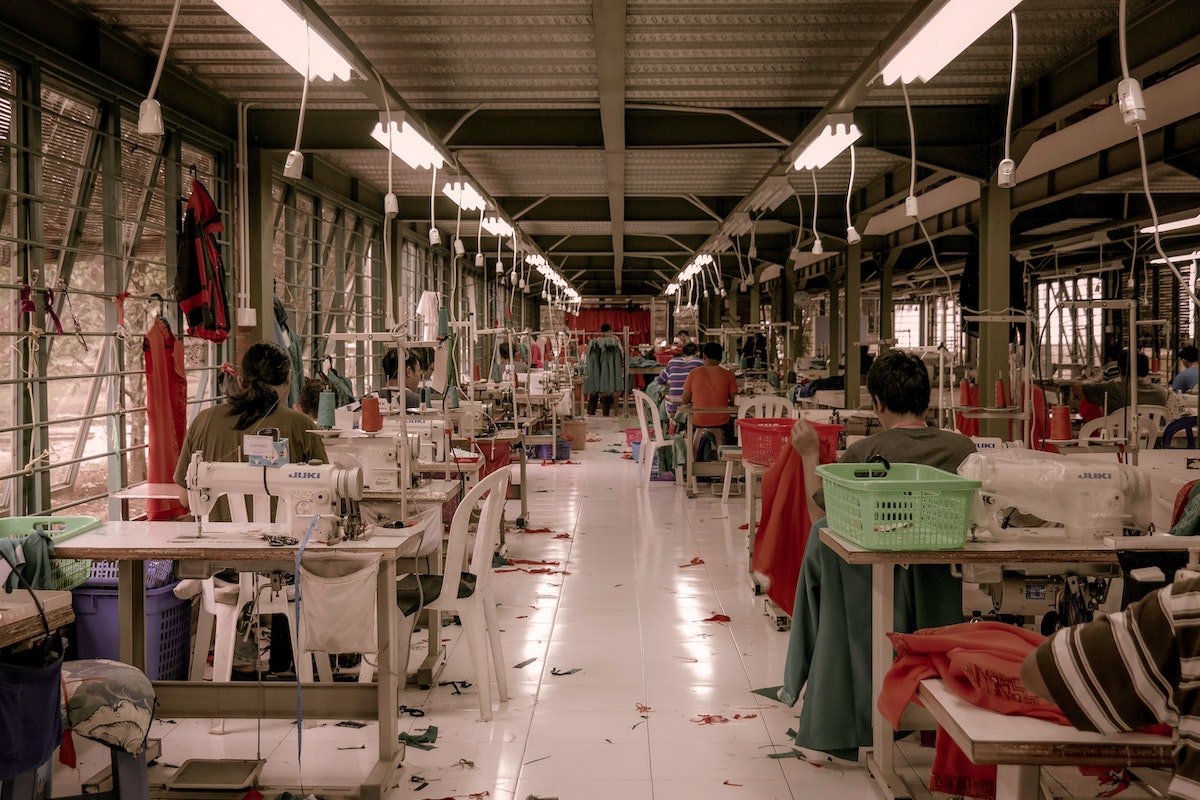
Workers's Rights are one of the lowest categories in the index
We have seen in the last few years how many Fashion companies and brands are talking and bringing more and more the topic of Sustainability to the table. Little by little, the Industry is showing concern about the matter, but we need them to be faster; since we are running against the clocks in order to prevent an irreversible catastrophe both environmentally and socially.

+ Words: Leila Salinas, Luxiders Magazine
Journalist | Berlin-based
Connect with her on LinkedIn or Instagram (@leisalinas)

